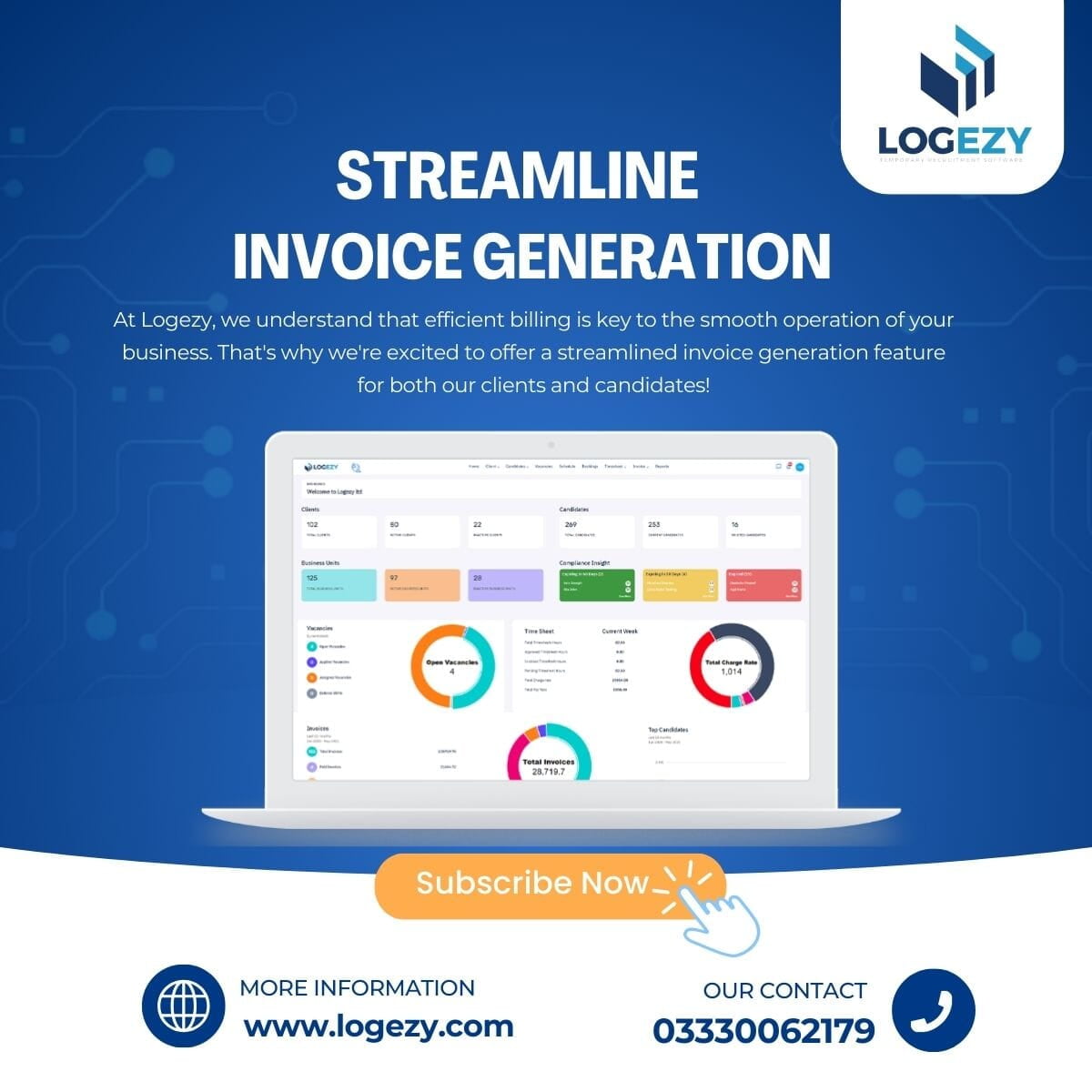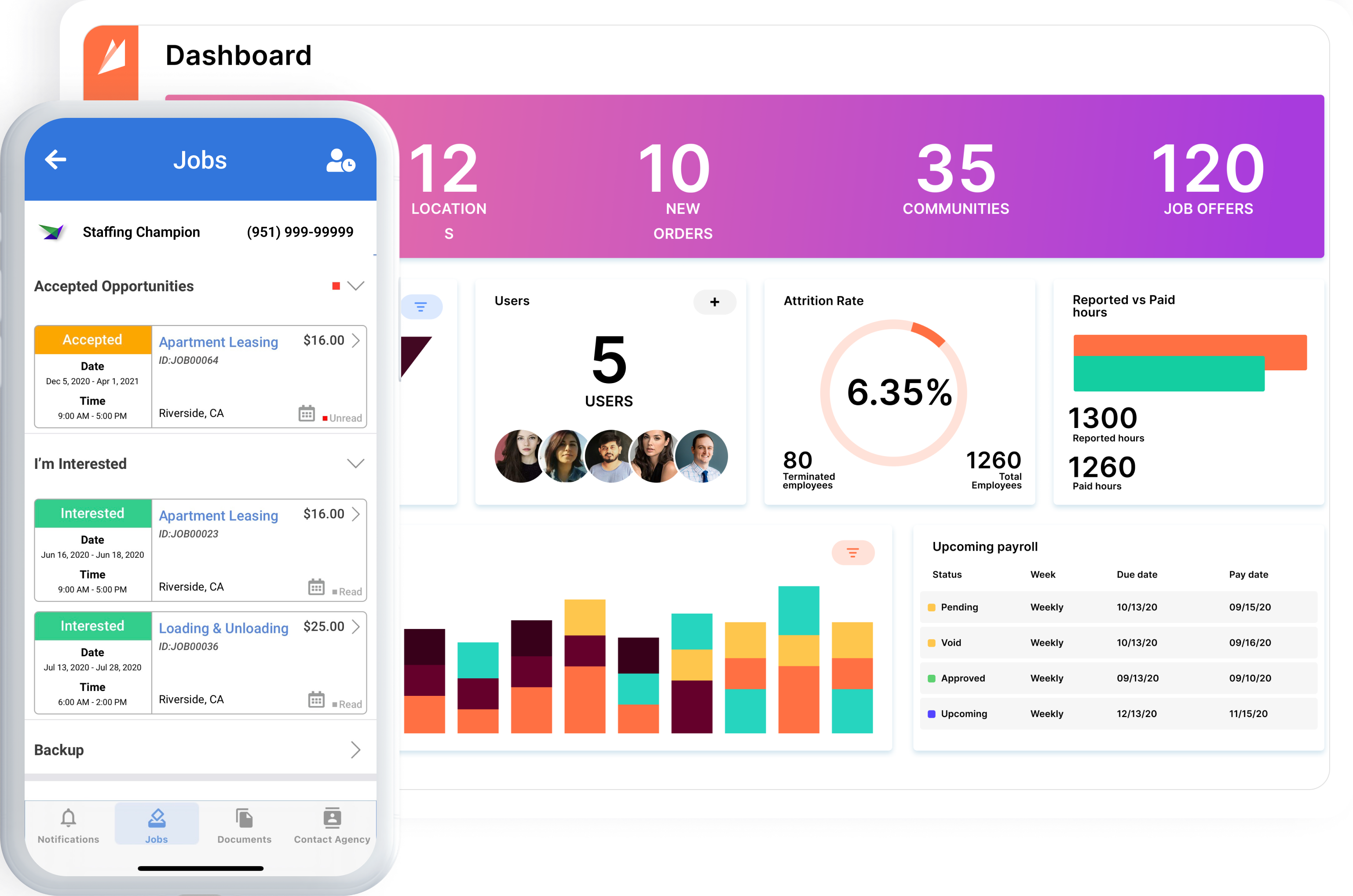Releasing the Power of Data: Enhancing HR Methods With Cutting-Edge Staffing Administration Software Program
By using the power of information analytics, organizations can not just enhance their recruitment approaches but also maximize staff member retention and productivity. The harmony between data-driven understandings and progressed technology offers an engaging possibility for HR professionals to transform their approach in the direction of talent monitoring.
Relevance of Data-Driven Human Resources Strategies
Why have data-driven human resources methods come to be necessary in modern-day company operations? In today's hectic and affordable business setting, companies are significantly relying upon data-driven insights to make educated choices. Data-driven human resources techniques allow firms to optimize their workforce monitoring, recruitment processes, and employee involvement efforts. By evaluating data connected to staff member efficiency, turn over prices, and skill gaps, HR departments can determine fads, predict future requirements, and create proactive services to resolve obstacles.
Data-driven HR approaches additionally play a critical duty in improving employee fulfillment and retention. Through the evaluation of worker comments, performance testimonials, and training end results, HR professionals can customize individual advancement strategies, acknowledge high-potential workers, and cultivate a culture of continual understanding and growth within the company. Data-driven understandings enable HR teams to align their approaches with the overall business goals, guaranteeing that ability monitoring efforts directly contribute to organizational success.
Benefits of Staffing Management Software
Utilizing staffing monitoring software simplifies the recruitment and onboarding processes for HR divisions, enhancing effectiveness and precision in talent acquisition. One substantial benefit of this software application is the capability to systematize candidate data, making it conveniently available for recruitment teams. By having all candidate information in one location, human resources professionals can efficiently track candidate progression, connect effectively with prospective hires, and guarantee a seamless employment experience.
In addition, staffing monitoring software commonly consists of features such as resume parsing and search phrase matching, which aid in swiftly identifying top prospects that match the job requirements. This automation reduces the moment invested in hand-operated resume screening, allowing HR team to concentrate on more critical jobs. staffing management software. Additionally, these systems can integrate with task boards and social networks platforms, increasing the reach of job postings and attracting a varied pool of candidates
Additionally, analytics and reporting devices within staffing monitoring software offer valuable understandings into employment metrics, such as time-to-fill and cost-per-hire. This data-driven strategy allows HR groups to make enlightened decisions, optimize recruitment methods, and improve overall hiring processes. By leveraging these advantages, organizations can streamline their ability purchase efforts, improve prospect experience, and ultimately develop a solid labor force.
Enhancing Recruitment Processes With Data
By leveraging information, companies can make more informed decisions throughout the recruitment lifecycle, eventually leading to far better hires and boosted retention rates. One essential means information boosts recruitment processes is by enhancing task posts based on insights from past successful hires.
Moreover, information analytics can streamline the testing and option process by identifying patterns in candidate credentials and performance signs. On the whole, integrating data into recruitment processes equips organizations to make smarter working with decisions and construct high-performing teams.
Improving Employee Retention With Technology

One way innovation can improve staff member retention is via the use of employee involvement systems. These systems permit real-time feedback, recognition, and communication in between staff members and monitoring, fostering a culture of gratitude and assistance. In addition, modern technology can make it possible for personalized discovering and advancement programs tailored to individual staff member find this requirements and job desires, increasing task satisfaction and loyalty.
Moreover, information analytics tools can help companies recognize trends and patterns connected to employee turn over, allowing them to take aggressive measures to address possible issues before they rise. In general, by leveraging modern technology properly, companies can produce an extra interesting and encouraging workplace that motivates staff members to stay and expand within the firm.
Making The Most Of Labor Force Performance With Information

Via the evaluation of information, HR departments can recognize patterns and trends that influence performance degrees. As an example, by tracking employee work hours and job completion rates, organizations can enhance work routines to make sure that jobs are successfully dispersed amongst staff member. Additionally, data can expose skill gaps within the workforce, allowing human resources to apply targeted training programs that boost employee capabilities and overall performance.
In addition, data-driven efficiency examinations allow managers to provide details responses and assistance to workers, fostering a culture of continual enhancement. In general, leveraging data to optimize labor force efficiency is a strategic strategy web link that encourages organizations to achieve their objectives efficiently and effectively.
Final Thought
In conclusion, making use of innovative staffing management software program can dramatically improve human resources strategies by leveraging the power of information. By integrating data-driven employment processes, boosting worker retention through innovation, and maximizing workforce efficiency, organizations can enhance their operations, make more enlightened decisions, and inevitably accomplish higher success in managing their human resources. Embracing these technological improvements is essential in the ever-evolving landscape of personnel management.
Data-driven HR methods enable companies to enhance their labor force monitoring, recruitment processes, and staff member engagement initiatives. By examining information connected to employee performance, turnover prices, and ability voids, Human resources departments can identify patterns, anticipate future requirements, and develop positive options to resolve difficulties.
